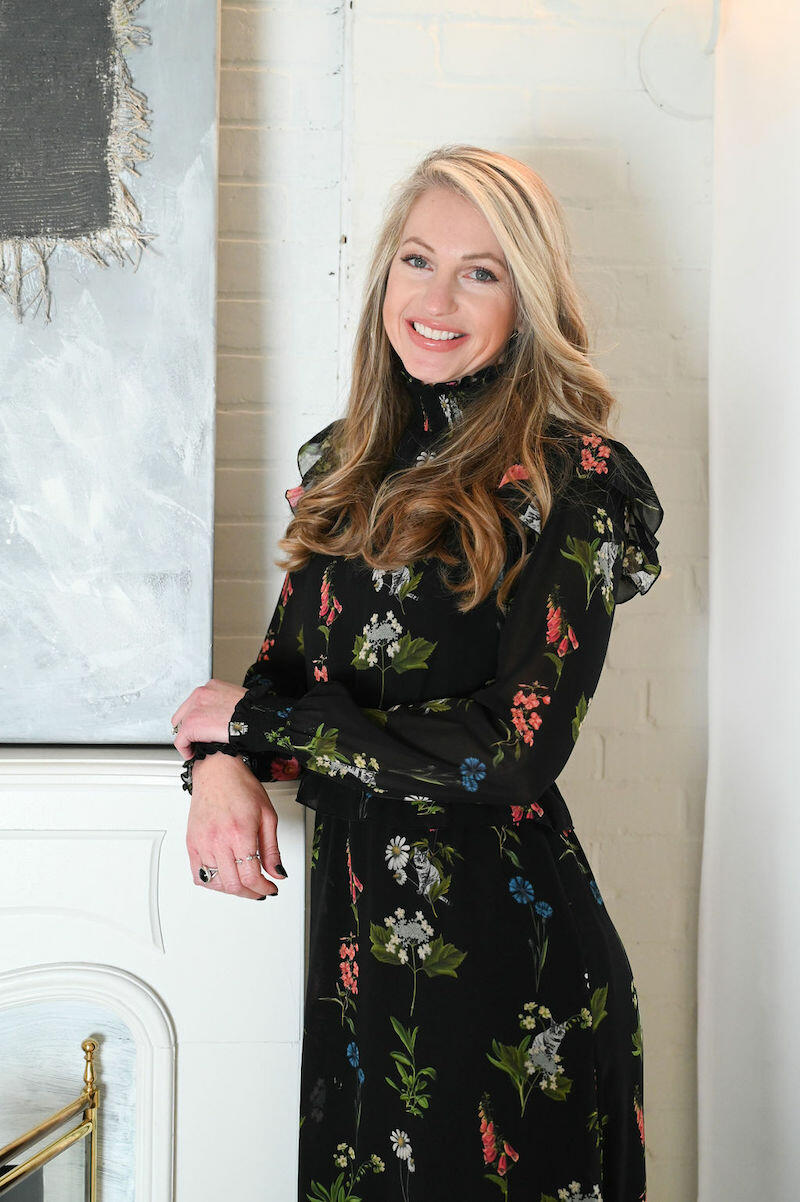Pinpointing your firm’s values can help align your work, creative vision and team members.
Like house keys and kidneys, core values are things we all have yet rarely think about. Pennsylvania designer Liz Walton recently decided to buck the trend and take a deep dive into the matter. The inspiration was a business book: Traction by Gino Wickman. “One of the key ideas is that you need to define your core values,” she says. “You need to know them, your employees need to know them and your clients need to know them.”

For Walton, investigating core values was no squeeze-it-between-lunch-and-a-meeting affair. She and her team set aside an entire workday for the process, going through an exercise outlined by Wickman that invites principals and employees alike to identify what really matters to them in life and in business. The end goal: six to eight core values that the firm will stand behind.
That process is as much about the journey as the destination. “We all had notepads and went through questionnaires from the book,” says Walton. “There were no wrong answers, and it sparked good conversations.” She was happily surprised, for example, by her team’s focus on enjoying their work. Walton went into the exercise focused on hard numbers and concrete goals, but her staff kept circling back to the idea of fun. “They said, ‘Every time you meet with a client, whether we’ve been working with them for one day or one year, you tell them we should be having fun.’” In the end, “fun” made the final cut.
Identifying core values is revealing. It can also be challenging, especially when you’re limited to six. “There was lots of debate,” says Walton. “We talked a lot about ‘generous.’ Sometimes I think we’re almost too generous as a firm, and people take advantage of that.”
At the end of the process, Walton and her team had six rules to live by (for the record: kind, respectful and trustworthy; dedicated and reliable; growth-oriented; organized, polished and professional; fun and energetic; and collaborative and solution-based). To make it official, she printed out the final list on canvas, framed it and hung it behind her desk in a location that’s conspicuously visible on Zoom calls. The list has been incorporated into client onboarding documents as well. “So far the feedback has been really good,” says Walton. “Clients appreciate that we’ve thought this through.”
Much of the benefit of analyzing core values is in the exercise itself. But even a few months in, Walton has noticed some slight but significant changes in the way her team works together. For one, having the core values empowers employees to speak up. “We check each other more than we used to,” says Walton. “It’s given us all the confidence to raise a hand and say, hey, this doesn’t fit with what we believe in.” Of course, having shared values translates loosely to a set of rules—and if you want the rules to mean something, you have to follow them. “Recently, a potential project didn’t tick all the boxes of our core values,” says Walton. “It’s hard to turn away work, but when everyone else is saying, ‘There are a lot of red flags here,’ I have to take that into account. That kind of thing is a direct result of defining our core values.”
Walton plans to repeat the exercise with her team over time. “The business changes, we will change, clients will change,” she says. “So I think we’ll always take a hard look at our values and make sure we’re happy with them—you should be happy at work.”
Homepage image: For a client’s dining room, Liz Walton kept the finishes and furnishings airy and light | Jon Friedrich




































